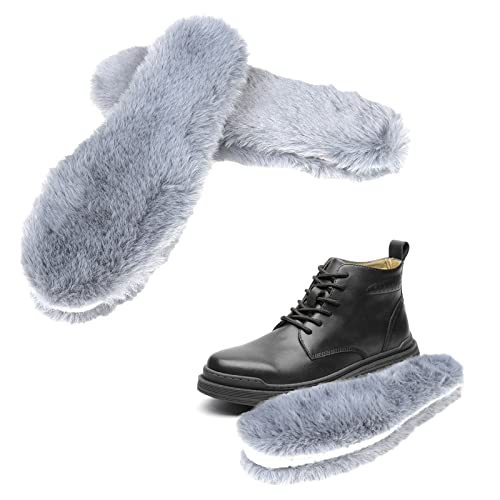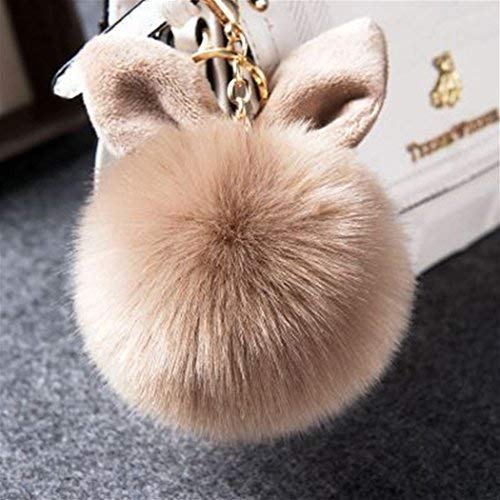I adopted a group of eight rabbits from a friend who relocated. Started with one buck, one doe and six babies (two adopted from another doe). I hope to tractor raise (though now I'm curious about free range rabbits) so began moving them towards foraged greens almost immediately. While I didn't take it as slow as recommended (was really just unaware) they have seem to have done okay so far. I've always been a fan of feeding a diet as close to natural as possible so research has taught me about tree hay and I've foraged weeds for my birds before. We are strapped for cash and I wanted to try to get five of our new bunch through winter for spring breeding opportunities, so I started collecting in late summer. Not just bundling fresh branches but pulling weeds and allowing them to dry in the sun. Our breezy, sunny area is great for drying things out quickly. I stuffed our detached storage area with hanging bundles and baskets of dried plant matter. All my edible garden plants were pulled and hung before the first freeze. We were also blessed to be given a large bale of locally harvested hay.
Now once a week I mix up a large tub of apple, willow, honey locust, mulberry and lilac leaves/twigs. Those and a large garbage can of hay get hauled into their enclosure for easy access. Smaller things like sweet pea and sweet potato vines, calendula, wheat, sorghum, dandelion, celery, kale, oregano, lemon balm, comfrey, catnip got mixed with dried veggies for food dish distribution.
I'm still giving some pellets as well until I learn what I'm doing but they definitely prefer everything else. Willow is a hit with all. Crabapple branches with tiny shriveled apples still attached are very prized, they get visibly excited to see them.
Planning to start sprouting soon, was hoping to have done so by now.
Curious what free range means? Is that a large colony or literally without borders?

































